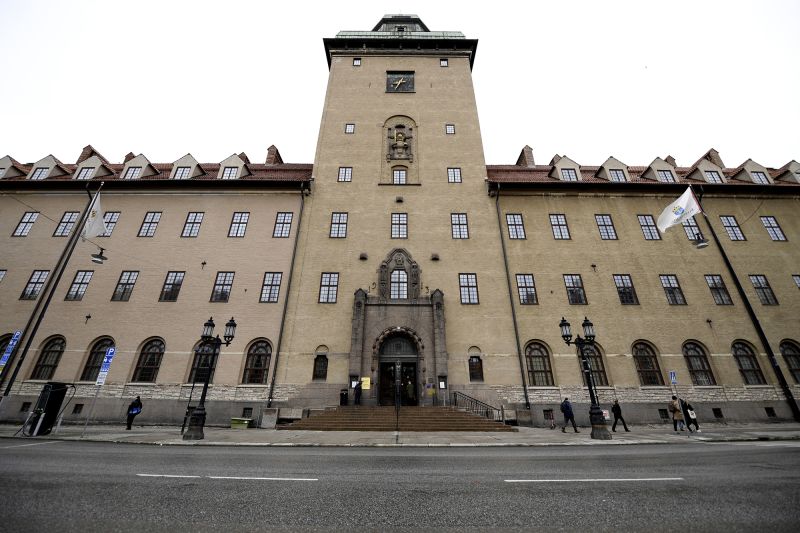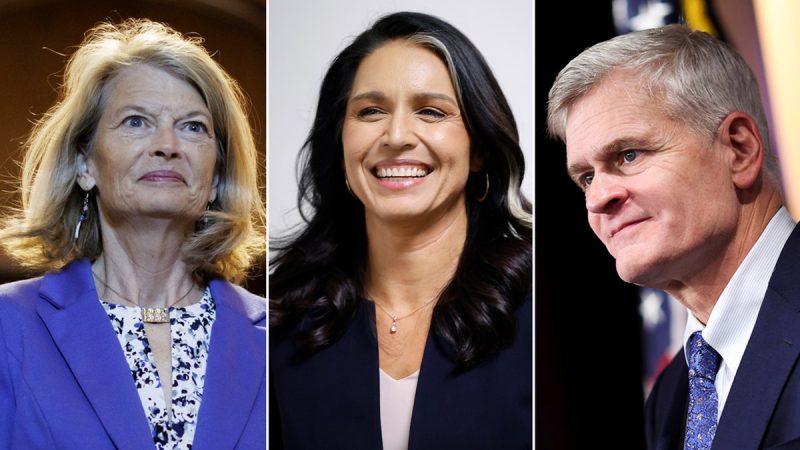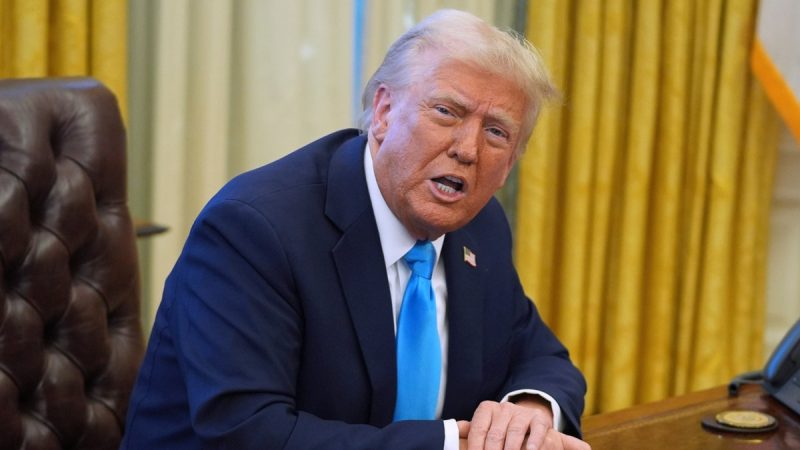

(TheNewswire)
 |
|||||||||
February 11, 2025 Vancouver, B.C. TheNewswire – Opawica Explorations Inc. (TSXV: OPW) (FSE: A2PEAD) (OTCQB: OPWEF) (the ‘Company’ or ‘Opawica’), a Canadian mineral exploration company focused on precious and base metal projects in the Abitibi gold belt, today announces plans for an extensive drill program starting on its Bazooka Property (‘Bazooka’) in the Abitibi Gold Belt.
Currently 45 drill targets have been developed in collaboration with ALS GoldSpot Discoveries Ltd and Opawica Explorations Inc. for the Bazooka and Arrowhead Properties. The team integration of vast amount drill data, including geological, structural, alteration, mineralogical, geochemical, and Televiewer data information has provided which have provided a deeper insight the geology on both Projects. The data to date supports a 20,000-meter drill program.

Click Image To View Full Size
Quebec is globally recognized as a premier jurisdiction for mineral exploration and extraction. Consistently ranked among the top mining-friendly regions by the Fraser Institute, Quebec boasts a strong natural resource-based economy with a rich history in mining and mineral processing.
The Abitibi Gold Belt hosts several major gold producers, from world-renowned producing gold and industrial metal majors to junior explorers. While renowned for its rich gold mining history, the belt has yielded over 300 million ounces of silver, 15 billion tons of copper, and 35 billion tons of zinc from its base metal mines. (Visual Capitalist website).
Tier-1 Gold Producers Surround the Bazooka and Arrowhead Properties
Established in 1957, Agnico is one of the region’s largest gold producers, with key operations at the LaRonde, Goldex, and Canadian Malartic mines. LaRonde, one of Canada’s largest gold mines, has produced over 5 million ounces of gold, while Agnico’s 50% stake in Canadian Malartic (fully acquired in 2023) solidifies its dominance in the region.
In 2022, Agnico Eagle Mines Ltd. completed a $13.5 billion merger with Kirkland Lake Gold, consolidating major assets in the belt — including the high-grade Macassa Mine and Detour Lake Mine. Agnico Eagle further expanded in 2023 by acquiring Yamana Gold Inc.’s 50% stake in the Canadian Malartic Mine, gaining full ownership, while other Yamana assets were acquired by Gold Fields Ltd.
Newmont Corporation, the world’s largest gold producer, strengthened its foothold in the region with the 2019 acquisition of Goldcorp Inc. for $10 billion. The acquisition included key Canadian assets such as the Porcupine Gold Mines in Timmins, Ontario. In addition, Hecla Mining expanded its Canadian footprint in 2022 through the acquisition of Alexco Resource Corp, primarily focused on silver but with future potential for gold exploration.
The region remained active for acquisition activity last year, with Quebec-based explorer Yorbeau Resources Inc. agreeing to sell its flagship Rouyn gold property to Lac Gold Pty Ltd. C$25 million. The Rouyn property spans a 12-km section of the Cadillac-Larder Lake Break, a major fault zone in Quebec’s Abitibi region, covering nearly 27 km².
To date, Opawica has only drilled and explored 15% of the Bazooka project, leaving 85% still untouched. Historically, the explored portion of Bazooka has yielded high-grade drill intercepts ranging from 7.5 grams per ton (gpt) Au over 25.77m and reaching up to 316.23 gpt over a 1-meter section in Hole #BA-03-02A.
As gold prices continue to rise and new discoveries are made, the jurisdiction-friendly Abitibi Gold Belt is expected to remain one of the world’s top gold-producing regions. Opawica aims to capitalize on favorable price fundamentals by unlocking Bazooka’s gold mineralization potential through this new drill campaign.
Yvan Bussieres, P.Eng., has reviewed and approved the technical content of this news release. * The Qualified Person has been unable to verify the information on the adjacent properties. Mineralization hosted on adjacent and/or nearby and/or geologically similar properties is not necessarily indicative of mineralization hosted on the Company’s properties.
About Opawica Explorations Inc.
Opawica Explorations Inc. is a junior Canadian exploration company with a strong portfolio of precious and base metal properties within the Rouyn-Noranda region of the Abitibi Gold Belt in Québec. The Company’s management has a great track record in discovering and developing successful exploration projects. The Company’s objective is to increase shareholder value through the development of exploration properties using cost effective exploration practices, acquiring further exploration properties, and seeking partnerships by either joint venture or sale with industry leaders.
FOR FURTHER INFORMATION CONTACT:
Blake Morgan
President and Chief Executive Officer
Opawica Explorations Inc.
Telephone: 236-878-4938
Fax: 604-681-3552
Neither the TSX Venture Exchange nor its Regulation Service Provider (as the term is defined in the policies of the TSX Venture Exchange) accepts responsibility for the adequacy of accuracy of this news release.
Forward-Looking Statements
This news release contains certain forward-looking statements, which relate to future events or future performance and reflect management’s current expectations and assumptions. Such forward-looking statements reflect management’s current beliefs and are based on assumptions made by and information currently available to the Company. Readers are cautioned that these forward-looking statements are neither promises nor guarantees, and are subject to risks and uncertainties that may cause future results to differ materially from those expected including, but not limited to, market conditions, availability of financing, actual results of the Company’s exploration and other activities, environmental risks, future metal prices, operating risks, accidents, labor issues, delays in obtaining governmental approvals and permits, and other risks in the mining industry. All the forward-looking statements made in this news release are qualified by these cautionary statements and those in our continuous disclosure filings available on SEDAR+ at www.sedarplus.ca. These forward-looking statements are made as of the date hereof and the Company does not assume any obligation to update or revise them to reflect new events or circumstances save as required by applicable law.
Copyright (c) 2025 TheNewswire – All rights reserved.
News Provided by TheNewsWire via QuoteMedia























